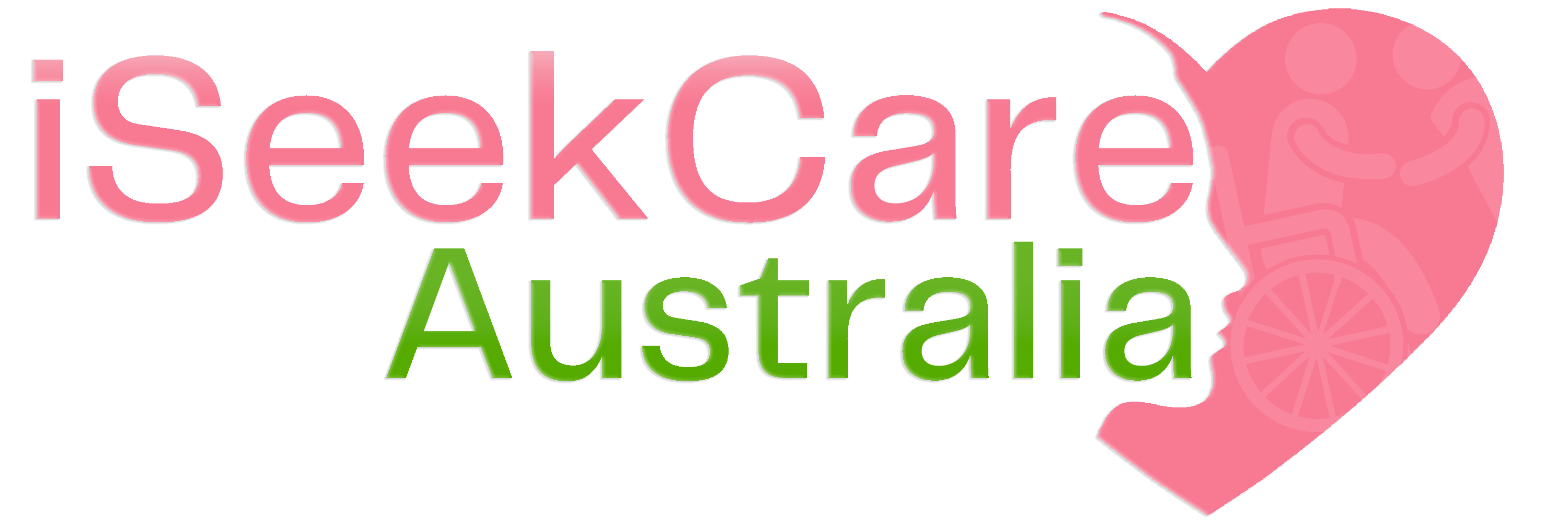Financial Hurdles: Strategies for Success in Disability-Related Franchises
In today’s world, where diversity is something that should be celebrated and embraced. The fact remains that many workplaces still struggle with discrimination and bias against certain groups. Similarly, these prejudices create a toxic work environment that affects the employees’ well-being. And, the company’s growth and success. Thus, inclusive employment is an essential aspect of any modern workplace. Also, that aims to promote a culture of inclusion. In this blog post, we’ll explore the ways in which companies can tackle discrimination and bias in the workplace. Furthermore, it creates a more inclusive and productive work environment.

1. Establish Diversity and Inclusion Policies for disability discrimination:
Investing in diversity and inclusion policies establishes an official stance on the value of all employees. And, empowering staff to speak out about incidents of discrimination and bias they might encounter. Likewise, these policies should outline expectations and consequences for any action that violates the policy. Also, companies should ensure that their diversity and inclusion policies should not contain generic statements. This helps to avoid any unintended exclusion of any employees, include particular mentions of various disabilities.
2. Promote Diversity and Inclusion Training for disability discrimination:
Employees should be provided with regular training on inclusive employment, unconscious biases, and discrimination in the workplace. Furthermore, this training helps develop an inclusive culture that appreciates every employee’s uniqueness. Thus, creating a more productive and positive work environment. Likewise, training should not be just a one-time training session but should continuously be done to allow each employee to understand and implement inclusion in the workplace.
3. Create an Inclusive Hiring Process for disability discrimination:
Companies should establish inclusive and transparent recruitment processes that are focused on objective assessment of skills and expertise. Similarly, putting more emphasis on candidate abilities rather than background helps build an inclusive employability environment. Employers should use cognitive and behavioural-based tasks instead of relying on common hiring procedures in sourcing prospective candidates.
4. Establish Employee Support Programs
Employers can establish employee support programs that provide workers with counseling services, mental health resources, and financial education. Additionally, companies should establish these employee support programs to support minority groups. An open-door policy might be necessary to foster employee support systems to encourage feedback from employees.
5. Create a Culture of Respect for disability discrimination:
An inclusive approach helps build an essential aspect of a positive work culture that generates efficiency, productivity, and staff satisfaction. Companies should avoid reinforcing stereotypes and use inclusive language that avoids excluding anyone’s values or beliefs. Also, it could lead to disputes or a hostile work environment.
Conclusion:
In Conclusion, an inclusive workplace is necessary to create a positive and productive work environment that encourages employees to perform at a higher level. By adopting these measures in creating an inclusive environment, companies benefit from a diversified workforce. Similarly, different perspectives, and experiences that increase creativity and achieve business objectives will be achieved. Discrimination and bias in the workplace create a toxic work environment that affects the company’s reputation and financial growth. By implementing inclusive employment policies, companies show their commitment to creating a positive work environment. Lastly, this helps everyone feel valued and embraced. Let’s strive to make our workplaces inclusive, diverse, and well-suited to everyone.



